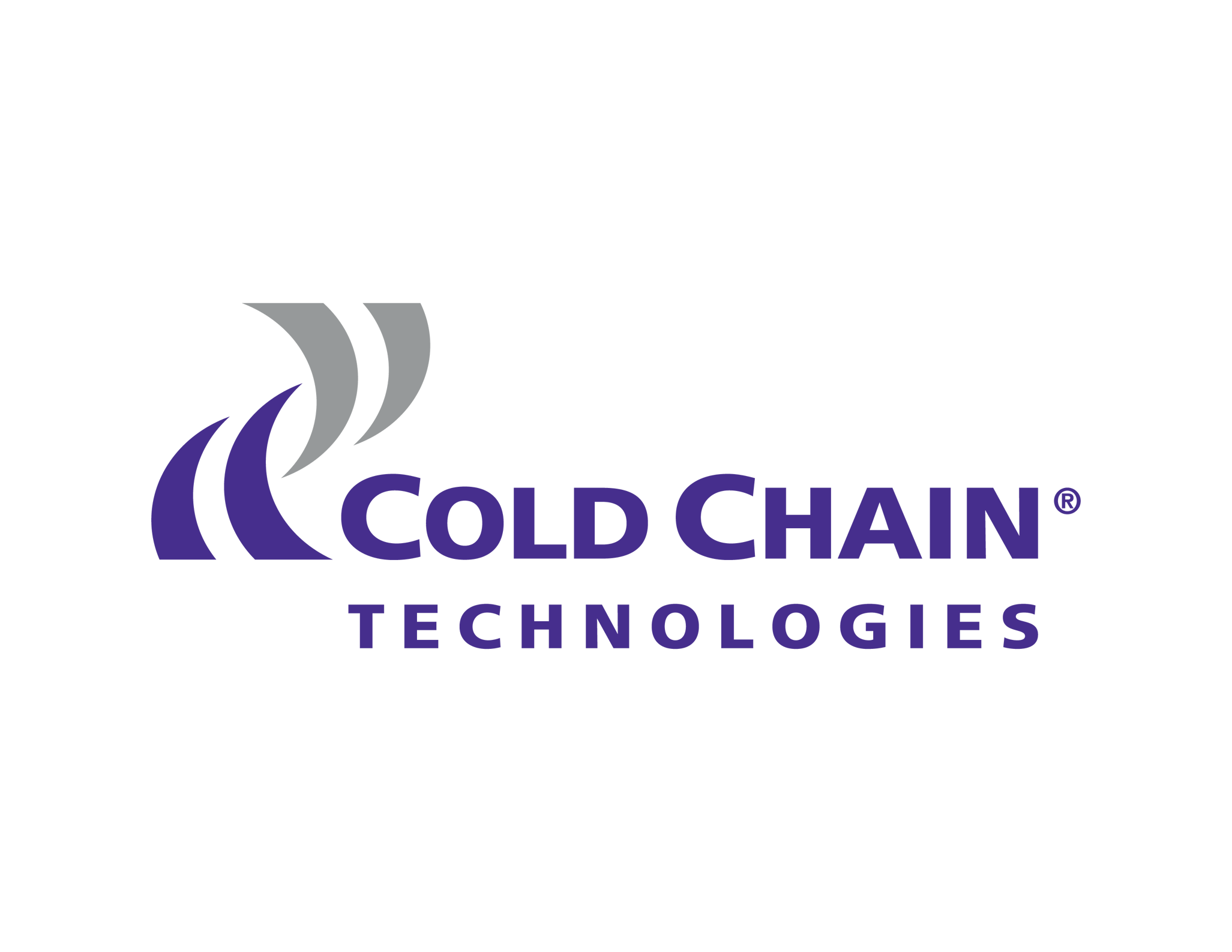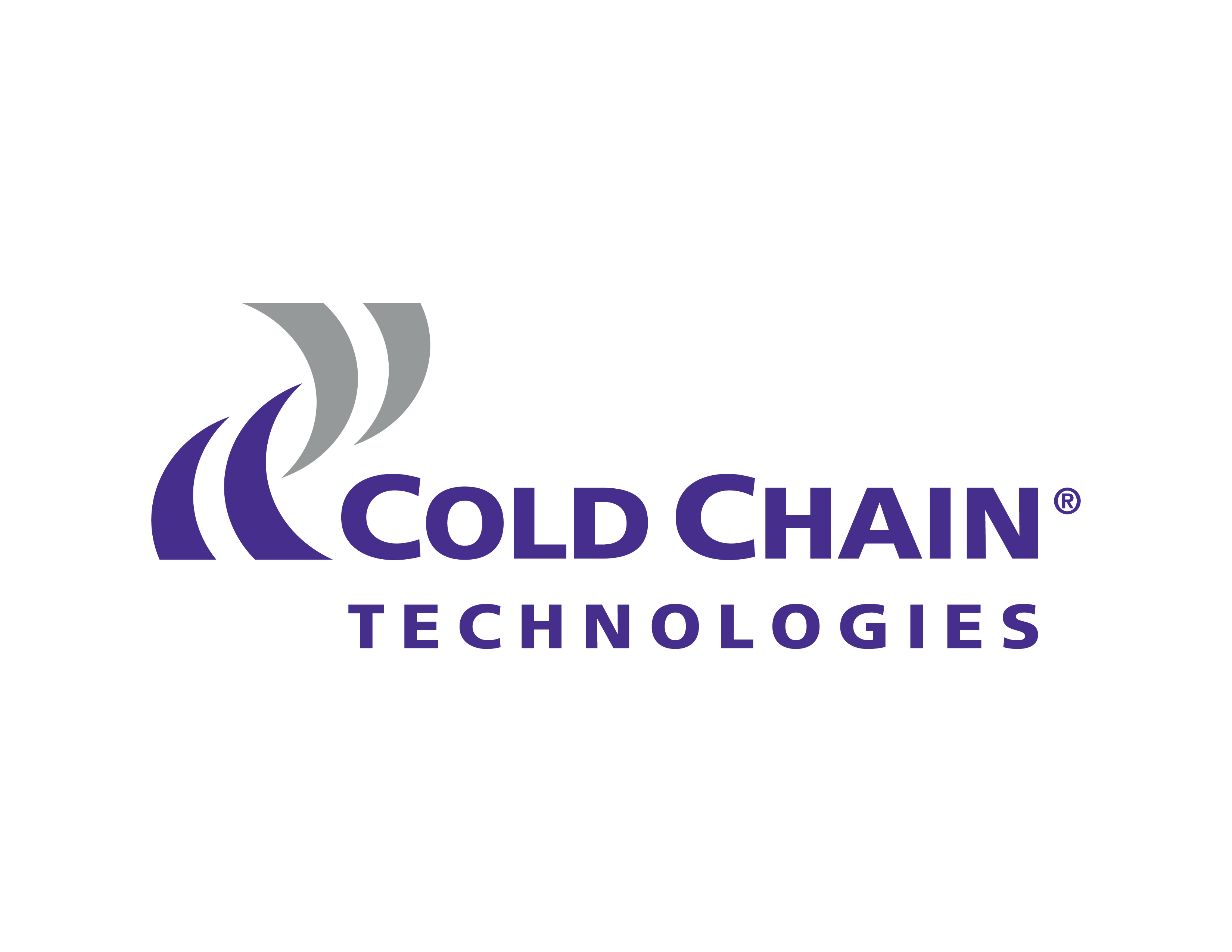A sustainable supply chain benefits the environment, people, and your company.
The planet is warming. Temperatures are increasing. The global demand for cold chain products is surging. The costs of manufacturing and distributing products is spiking. The costs of doing business continue to increase.
As the McKinsey Institute reported, corporate supply chains are to blame for 90% of the environmental damaged caused by consumer goods companies.
Coupled with the economic costs and risks that most supply chains operate within; it only makes smart business sense for companies to invest in sustainability. The environment needs this, consumers expect it, and the total cost of ownership of running and operating a company demands it.
Cold chain packaging products like recyclable thermal pallet covers and reusable and sustainable shippers are helping companies build sustainable cold chains – but more still needs to be done.
It is time to think about sustainability from every angle. What happens to your recyclable cold chain packaging once your product has been delivered? How can you guarantee that your reusable shippers are being reused? What can you do to ensure your recyclable thermal pallet covers are reused, repurposed, and recycled?
Buying and using sustainable cold chain packaging is not enough – you need to do more. You need to make sustainability a priority in every aspect of your company.
What is a Sustainable Supply Chain?
A sustainable supply chain is a strategic business approach that prioritizes reducing waste in all aspects of the business including sourcing and manufacturing, packaging and distribution, human resources, and best business practices.
A sustainable supply chain benefits the planet, people, and the company.
A sustainable supply chain reaches beyond cold chain packaging and trickles over into all company business units – looking for ways to reduce waste in every aspect of the company.
The Three Elements of Supply Chain Sustainability
The three elements of sustainable supply chain sustainability are:
- Social Responsibility
Social responsibility includes the ethical, moral, and philanthropic principles that society expects a company to achieve. Essential to this is ensuring all employees, including those of partners, suppliers, and customers are treated fairly. - Environmental Responsibility
Environmental responsibility includes ensuring business operations do not inflict damage or harm on the environment. This includes both the company’s business operations and those of their partners and suppliers.
It’s important companies thoroughly understand the impacts on the environment of their supply chain management practices.
For example, a company may purchase and use recyclable thermal pallet covers to protect products during shipping and delivery, but if these pallet covers are not reused and recycled by the customer, the company’s supply chain is not sustainable. - Financial Responsibility
Financial responsibility includes ensuring all financial needs of the company, shareholders, employees, customers, partners, suppliers, and financial institutions are met.
In a sustainable supply chain, this includes compliance with regulatory standards and laws, risk management best practices, appropriate production and product development planning and manufacturing, and eliminating waste and risk from supply chain management practices.
For example, rather than purchasing bulk orders of cold chain packaging and storing this in a remote warehouse, companies can use just-in-time inventory and logistics management to ensure the right cold chain packaging is delivered to their manufacturing and distribution facility when they need it.
Benefits of Supply Chain Sustainability
A sustainable supply chain delivers valuable benefits to your company, including:
- Development of a diverse network of partners and suppliers who have the same commitment to corporate sustainability
- Positive corporate reputation, helping to build brand and customer loyalty
- Continuous improvement to supply chain management practices, enabling the company to proactively mitigate risk and loss
- Helps develop new business partnerships with like-minded companies
- Reduces total cost of ownership
How to Build a Sustainable Supply Chain
Use these five steps to build a sustainable supply chain:
- Audit your supply chain management practices
Review and analyze every phase of your supply chain, including products in transit, in process, in storage, and in display. Particularly for the cold chain and cold chain products, you cannot afford any gaps in efficiency and productivity. Look for ways to reduce consumption of fuel, materials, human resources, time, costs, and unnecessary and legacy business practices. - Create a circular supply chain
A circular supply chain is designed to reuse waste and returned or excess products and materials so they can be resold and used again. In the cold chain, this includes using sustainable packaging made from recycled or repurposed materials and then maximizing the value of these reusable solutions to extend the lifecycle of the cold chain packaging and its materials. - Seek out the right partners and suppliers
Look for partners and suppliers who are making corporate sustainability a priority. For example, choose a 3PL that has an electric vehicle fleet or choose a cold chain packaging company like CCT and take advantage of our range of sustainable and reusable cold chain packaging solutions and experience developing custom reusable solutions for clients. - Take advantage of technology
It is not always easy to understand where the productivity and efficiency gaps are in your supply chain and overall operations. Technologies such as AI and machine learning can interpret and analyze data collected by your IoT sensors and generated by your RFID and GPS trackers – helping you to clearly see how and when temperature excursions happen or patterns in costly supplier delays.
Smart cold chain packaging such as phase change materials, integrated Bluetooth and IoT sensors, and temperature monitors give you real-time visibility into the status of your cold chain products and the factors influencing your supply chain processes. - Prioritize sustainable packaging
The Sustainable Packaging Coalition (SPC) defines sustainable packaging as packaging that is:- Beneficial, safe, and healthy for individuals and communities throughout its life cycle
- Meets market criteria for both performance and cost
- Sourced, manufactured, transported, and recycled using renewable energy
- Optimizes the use of renewable or recycled source materials
- Manufactured using clean production technologies and best practices
- Made from materials that are healthy throughout the life cycle
- Physically designed to optimize materials and energy
- Effectively recovered and utilized in biological and/or industrial closed loop cycles
Building a sustainable supply chain is not a one-and-done task – it takes consistent effort and attention to ensure that as your corporate goals, operations, partners, suppliers, and employees change over time, your sustainable supply chain is not derailed and broken.
Making a Sustainable Supply Chain a Reality
People are the linchpin in making sustainable supply chains a reality. People run businesses and make the decisions that determine if a company has an opportunity to prioritize a sustainable supply chain.
The technology to identify gaps, provide real-time insights, and understand data is here and available.
The processes are in place to eliminate efficiencies and improve productivity.
The people who are invested in developing and providing sustainable cold chain packaging solutions are here. The knowledge of and experience with working with new environmentally friendly materials is accessible and available to all companies.
The innovators who are thinking outside the box and looking for ways to support companies with their sustainable supply chain commitments want to talk and share their ideas.
But this means nothing if your company does not have the people who are willing to be proactive and put real action behind language around sustainability, eco-friendliness, and the environment and climate.
To make a sustainable supply chain a reality for your company – you need to be the person who asks the hard questions, encourages innovation, and embraces change.
At CCT, we take sustainability very seriously. We are leading by example with our CCT Thermal Covers, powered by Tyvek®, sustainable and reusable shippers, and our corporate sustainability initiatives.
To further extend our sustainability practices, we are actively seeking companies who want to be involved in a global packaging recycling program. This global recycling program connects companies with local recycling partners who have the infrastructure to repurpose, recycle, and reuse your cold chain packaging materials.
Contact us to learn more about our sustainable packaging initiatives like our pilot cold chain packaging recycling program.



